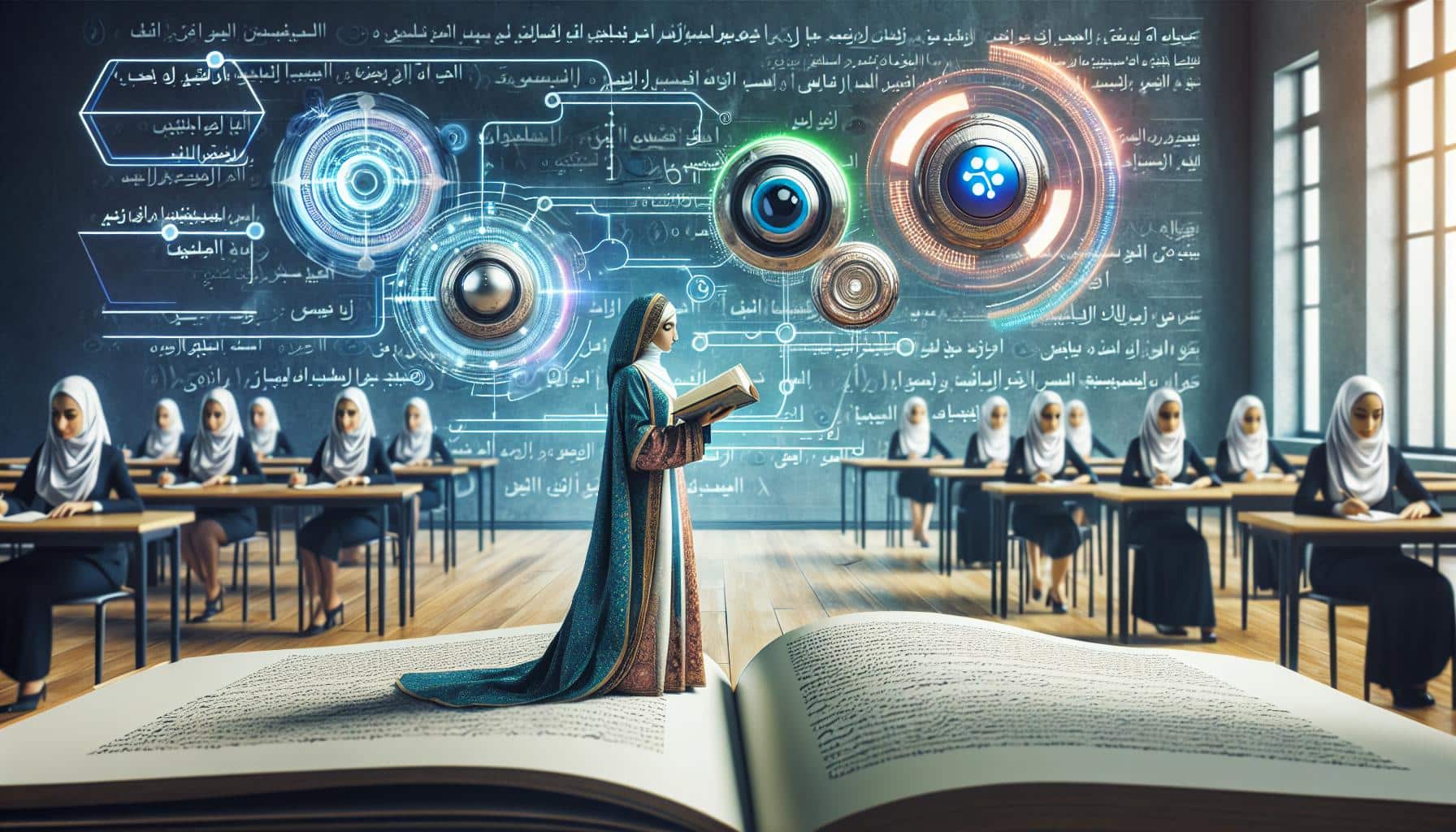The Rise of Artificial Intelligence (AI) in Education
The widespread accessibility of AI tools has revolutionized various industries, including education. While it has raised concerns about plagiarism and academic dishonesty, AI also offers numerous benefits to both educators and students. However, it is essential to navigate the potential drawbacks of relying too heavily on AI in the education system.
A Double-Edged Sword: The Pros and Cons of AI in Education
AI software in education has proven to be a double-edged sword, according to students at UCLA. While they acknowledge the usefulness of AI in refining information search and providing additional functions like proofreading and itinerary creation, they also emphasize the risk of encountering false claims and misleading information. It ultimately boils down to harnessing AI as a useful tool while being cautious about its limitations.
AI as a Tool, not a Replacement for Traditional Education
The adoption of AI in education is akin to the evolution of calculators in the classroom. Just as educators adjusted their curriculum to incorporate calculators, AI should be viewed as a tool rather than a replacement for traditional educational practices. It has a place in K-12 education as a means to facilitate learning, error checking, and improving students’ skills. Similarly, in the workplace, AI can optimize laborious tasks and streamline workflows, but it cannot fully replace human expertise.
The Role of AI in the Workplace
AI’s potential extends beyond education and into various fields within the workplace. ChatGPT and similar AI systems are used to expedite coding tasks, but they require a solid understanding of coding to compensate for potential errors. AI can serve as a tool to assist skilled individuals in improving efficiency and productivity. However, responsible development and ethical use of AI in diverse fields, from customer service to healthcare, are crucial for positive outcomes.
Unlocking the Future: Empowering Rather than Replacing
While AI systems like ChatGPT and Bard are valuable for supplementing curriculum, boosting student engagement, and reaching wider audiences, they are not flawless. Addressing potential biases, limited understanding, and ethical considerations is essential. Human teachers must remain irreplaceable guides in the education system. By recognizing AI’s limitations and harnessing its potential responsibly, a future where AI empowers rather than replaces can be realized.
The Integration of AI in the Classroom: Navigating the Path Ahead
Artificial intelligence software is rapidly emerging as a significant force in education. With its increasing prevalence, the integration of AI into the classroom is a topic that teachers and students need to carefully navigate. The potential benefits are vast, but it is essential to strike a balance between leveraging AI as a tool and preserving the critical role of human interaction and guidance in education.
Analyst comment
Positive news: The Rise of Artificial Intelligence (AI) in Education has revolutionized the education industry, offering numerous benefits to educators and students. AI can facilitate learning, error checking, and improve students’ skills. AI is also valuable for boosting student engagement and reaching wider audiences.
Short analysis: The integration of AI in education will continue to grow, but it is important to strike a balance between leveraging AI as a tool and preserving the critical role of human interaction and guidance. AI has the potential to empower education, but responsible development and ethical use are crucial for positive outcomes.













